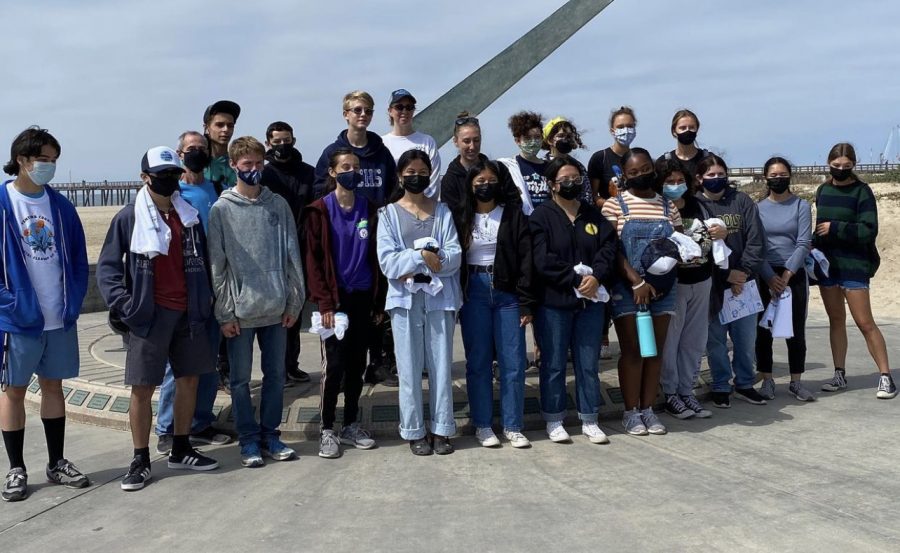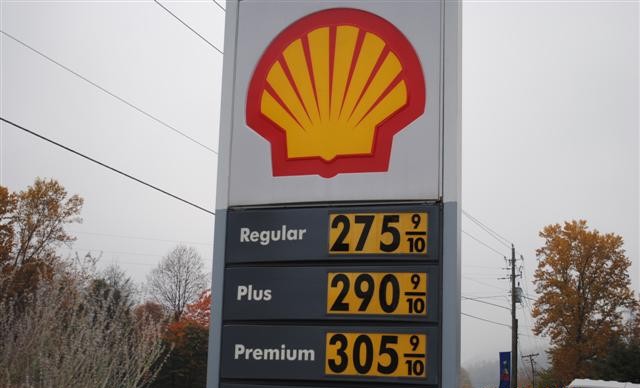Drop in oil prices explained, tied to Middle East turmoil
National gas prices fell by 12 cents in early March, followed by a rise in California in April, and are now starting to drop again.
Oil prices hit low marks during February–the lowest in over five years–as OPEC (Organization of Petroleum Exporting Countries), the United States, and other crude oil producers vie for control of the lucrative market.
U.S. domestic crude oil production has almost doubled in the past six years, growing from approximately 1.8 billion in 2008 to 3.1 billion in 2014. However, a 1975 law that attempts to conserve United States crude oil reserves requires a specific license to be able to legally export oil to other countries, including Canada. This provision has led the United States to export 13.7 million barrels, only 0.44% of its 3.1 billion barrel production in 2014, which is still the highest crude oil export volume in U.S. history.
This unprecedented increase in exported volume is due in part to a process known as ‘fracking’, which involves injecting liquid at high pressure into subterranean rocks to force open existing fissures and extract oil or gas.
North American companies have increased their use of this process, supplying the United States with cheap oil and forcing OPEC into taking an unorthodox approach with the falling prices in the U.S..
Instead of lowering oil production to create demand, as has been done in the past, the leaders of OPEC plan to combat the budding U.S. oil industry by deciding to not reduce production, hoping to outcompete U.S. oil and collapse the fledgling industry.
U.S. domestic oil reserves, however, continue to rise to over 36 billion barrels, the highest since 1975. Nevertheless, this is a small fraction of OPEC’s collective 1.2 trillion barrel reserve.
Many of OPEC’s 12 member nations, especially 25% reserve contributor Venezuela, have been hurting severely from the falling prices.
As OPEC continues to churn out oil and domestic U.S. production continues, sanction talks with high-producing OPEC member Iran are moving closer to a resolution. If sanctions are removed from Iran, millions of barrels of cheap oil will flood into an already oversaturated market, driving prices even lower.
With the global supply of crude oil rising and prices becoming lower as a result, the historically Saudi-dominated market is being contested.
Tensions are also increasing between major OPEC members, along with Shia and Sunni hostilities in Saudi border country Yemen. These tensions, coupled with the threat of ISIS and the rapid spread of Persian influence, which only further infuriates the Saudi government, the future of this valuable resource remains tumultuous.

Hi, my name's Avesta (pronounced: A-ve-s-ta) and this is my second year with the Stinger. My hobbies include travel, preferably in the third world, virtual...

















































































![Senior Ditch Day... Relaxation or Truancy? [Video]](https://achsstinger.com/wp-content/uploads/2017/10/IMG_7119-900x599.jpg)
![Heavy Rain Hits Cam High [video]](https://achsstinger.com/wp-content/uploads/2017/02/maxresdefault-900x506.jpg)



